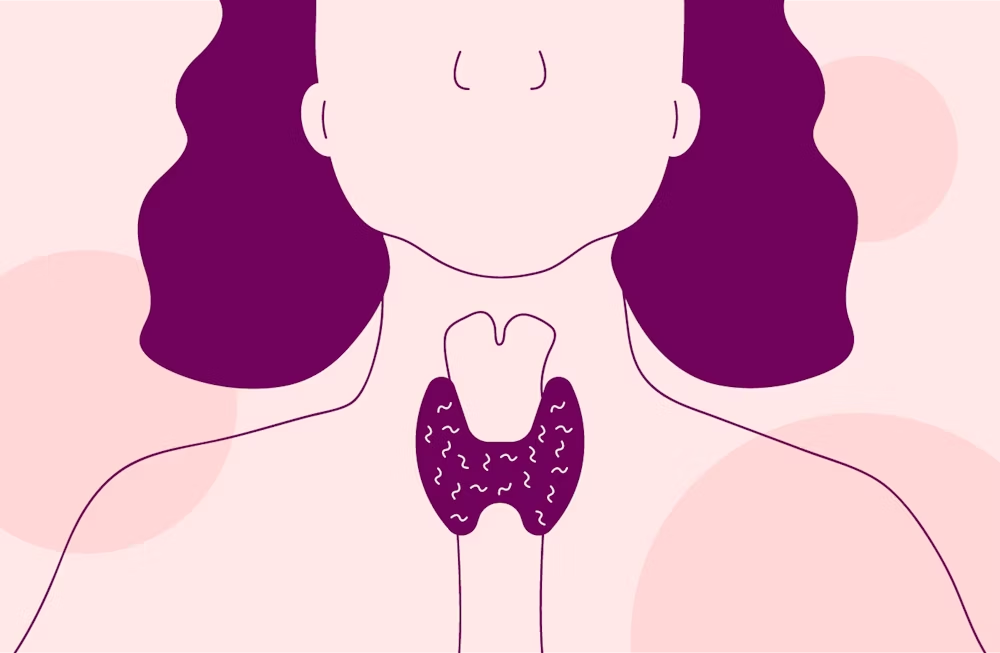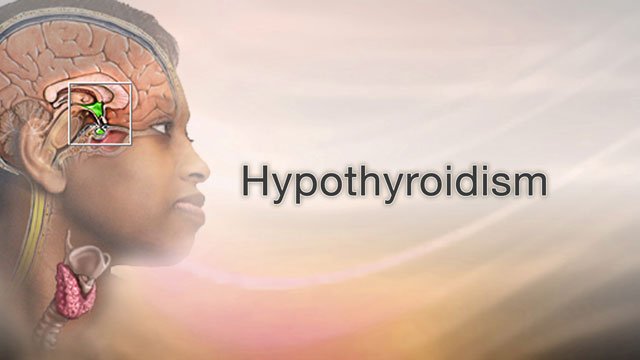 Photo by Reproductive Health Supplies Coalition on Unsplash
Photo by Reproductive Health Supplies Coalition on Unsplash Hypothyroidism is when there isn’t enough thyroid hormone in your bloodstream and your metabolism slows down.
Hypothyroidism happens when your thyroid doesn’t create and release enough thyroid hormone into your body. This makes your metabolism slow down, affecting your entire body. Also known as underactive thyroid disease, hypothyroidism is fairly common.
When your thyroid levels are extremely low, this is called myxedema. A very serious condition, myxedema can cause serious symptoms, including:
- A low body temperature.
- Anemia.
- Heart failure.
- Confusion.
- Coma.
This severe type of hypothyroidism is life-threatening.
In general, hypothyroidism is a very treatable condition. It can be managed with regular medications and follow-up appointments with your healthcare provider.
How does my thyroid work?
The thyroid gland is a small, butterfly-shaped organ located in the front of your neck just under the voice box (larynx). Picture the middle of the butterfly’s body centered on your neck, with the wings hugging around your windpipe (trachea). The main job of the thyroid is to control your metabolism. Metabolism is the process that your body uses to transform food to energy your body uses to function. The thyroid creates the hormones T4 and T3 to control your metabolism. These hormones work throughout the body to tell the body’s cells how much energy to use. They control your body temperature and heart rate.
When your thyroid works correctly, it’s constantly making hormones, releasing them and then making new hormones to replace what’s been used. This keeps your metabolism functioning and all of your body’s systems in check. The amount of thyroid hormones in the bloodstream is controlled by the pituitary gland, which is located in the center of the skull below the brain. When the pituitary gland senses either a lack of thyroid hormone or too much, it adjusts its own hormone (thyroid stimulating hormone, or TSH) and sends it to the thyroid to balance out the amounts.
If the amount of thyroid hormones is too high (hyperthyroidism) or too low (hypothyroidism), the entire body is impacted.
Who is affected by hypothyroidism?
Hypothyroidism can affect people of all ages, genders and ethnicities. It’s a common condition, particularly among women over age 60. Women are generally more likely to develop hypothyroidism after menopause than earlier in life.
What’s the difference between hypothyroidism and hyperthyroidism?
In hypothyroidism, the thyroid doesn’t make enough thyroid hormone.
The difference between hypothyroidism and hyperthyroidism is quantity. In hypothyroidism, the thyroid makes very little thyroid hormone. On the flip side, someone with hyperthyroidism has a thyroid that makes too much thyroid hormone. Hyperthyroidism involves higher levels of thyroid hormones, which makes your metabolism speed up. If you have hypothyroidism, your metabolism slows down.
Many things are the opposite between these two conditions. If you have hypothyroidism, you may have a difficult time dealing with the cold. If you have hyperthyroidism, you may not handle the heat. They are opposite extremes of thyroid function. Ideally, you should be in the middle. Treatments for both of these conditions work to get your thyroid function as close to that middle ground as possible.
source:my.clevelandclinic.org
RELATED POSTS
View all



